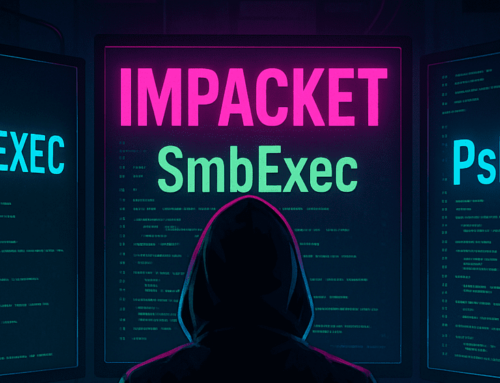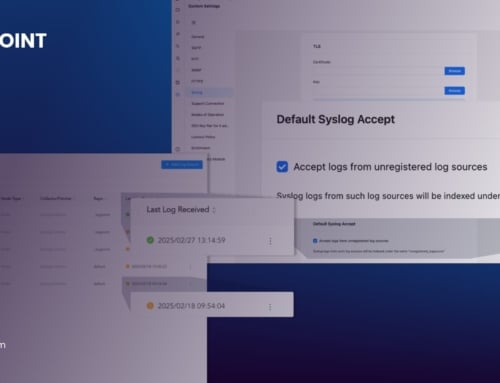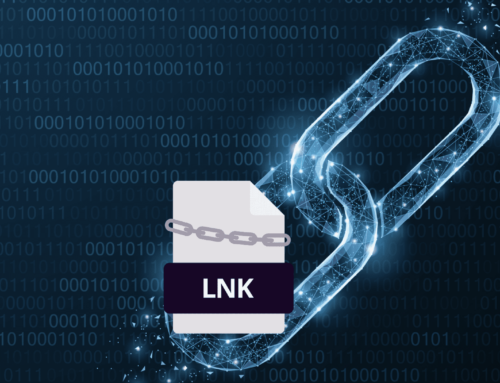The adoption of cloud computing has accelerated in recent years, driven by the flexibility, scalability, and cost-effectiveness it offers. If the global cloud services market generated $551.8 billion in 2021, and it will reach $2.5 trillion by 2031, according to Allied Market Research analysts, it’s logical to think that it will transform security operations too.
This cloud transformation doesn’t happen in a vacuum. As the IT infrastructure grows more complex incorporating cloud-based tools and services, CISOs and SOC teams have it more difficult to secure their organizations. So, the cybersecurity tech stack is also moving to the cloud with the rest of the organization: from on-prem to cloud security.

Go To Section
What are the challenges of cloud security?
However, this shift to the cloud has also raised new cybersecurity challenges. As cloud services have transformed how businesses operate, cyber adversaries have new ways to infiltrate their systems. This transformation also brings changes in the SOC architecture and in how cybersecurity tools are deployed, whether they are on-prem or in the cloud.
All combined helps paint a picture of why cloud transformation can introduce new security challenges, such as shared responsibility, data breaches, and increased complexity.
Shared responsibility:
With cloud security, the responsibility for security is shared between the cloud provider and the customer. This can be confusing for businesses that are used to on-prem solutions where they are in full control of their security posture.
Nonetheless, the division of responsibility is more accentuated in cloud security. The provider will monitor and respond to threats in their cloud and infrastructure, whereas the customers hold the responsibility over the data protection and other assets they store in the cloud.
Data breaches:
In an ever-evolving threat landscape, cloud providers are constantly targeted by hackers. Added to this, they continue targeting the employees of their customers, increasing the inevitability of a data breach.
Companies seeking to move their security to the cloud must make an informed decision and find a provider that can guarantee maximum security for data management. They should be able to isolate their customers, encrypt and segregate their data, and secure privileges with role-based access. Also, data security should be the focus, starting from employees on both accounts: Security provider and customer.
Increased complexity:
Transitioning to the cloud can bring more complexity than using with on-premises security solutions, as there are more moving parts and potential attack vectors. It will not eliminate detection challenges but will require more work regarding identity and issues related to remote access.
In addition, some compliance regulatory frameworks can complicate the adoption of cloud security solutions. Adhering to certain regulations can become more difficult when companies opt for cloud storage of data instead of on-prem ones.
Steps for moving from on-prem to cloud security:
The process of cloud transformation is one of transition that requires careful planning and execution to ensure full security. Current security posture, objectives, and monitoring the progress are essential as they migrate their on-prem security to the cloud.
As seen before, the attack surface is growing larger in the cloud, so organizations need to audit their current on-prem security posture. This also includes understanding the solutions to put in place for when they transition to the cloud.
The most important aspect is defining a plan for how the cloud migration is going to happen. Whether it is rehosting applications, data, and the rest of the security infrastructure or refactoring, and in consequence, investing much more time and resources in it. This will also have a big impact on the total cost of ownership (TCO).
As companies plan to move towards cloud security, choosing the right cloud provider is important. They should question whether their providers abide by the highest standards of cloud security and can guarantee the data stored in the cloud will be safe.
Therefore, compliance plays a crucial role in this transition, since the organization needs to continue to comply with the same regulatory frameworks. So, after choosing the provider and ensuring cloud security compliance, it’s time to implement necessary security controls.
Among some of these controls, organizations need to pay attention to access control policies. With the transition to the cloud, there’s a higher likelihood of improper management of credentials. Security appliances, such as firewalls and antivirus, and data encryption need to be part of those security controls.
Reasons to move from on-prem to cloud security
While each organization has different needs many find that the benefits of cloud security exceed some of the challenges. As companies don’t have to take care of the maintenance, the architecture, and the continuous update of the systems, as happens with on-prem security, transitioning to the cloud can be a way of becoming more cost-effective.
One could say that another reason for this cloud transformation is that organizations can easily be up to date with the latest security updates. It’s already difficult to stay on top of new emerging threats and compliance requirements, but even more, if they are responsible for patching their systems. This is not a problem with cloud-delivered security, as the updates are automatically rolled out.
In addition to cost-effectiveness and automatic updates, ease of deployment, flexibility, and improved scalability are some of the most repeated reasons for many companies to move to cloud security. Many organizations find that their security providers offer the same products as a cloud service without losing features of their on-prem versions, facilitating this transformation.
How does Logpoint help in this cloud security transformation
Whatever is your need, there’s a solution. SaaS, hybrid, and even private cloud are deployment options available with Logpoint’s security operations platform, Converged SIEM.
If one of the challenges for cloud transformation is data security, organizations can rest assured that is not an issue. Converged SIEM has completed the SOC 2 Type II examination and meets its criteria for cloud security. This guarantees total isolation and protection of customer data and ensures
For those who choose cloud delivered SecOps tools, Converged SIEM is a flexible alternative that allows organizations to accelerate their threat detection, investigation and response by consolidating different solutions into one platform. This reduces the total cost of ownership while ensuring full end-to-end security.
All this considered, the benefits of Converged SIEM deployed as SaaS position Logpoint as a perfect ally for organizations transitioning from on-prem to cloud security. You can contact us or book a demo of Converged SIEM if you want to know more about how Logpoint can help you in the cloud security transformation of your business.






